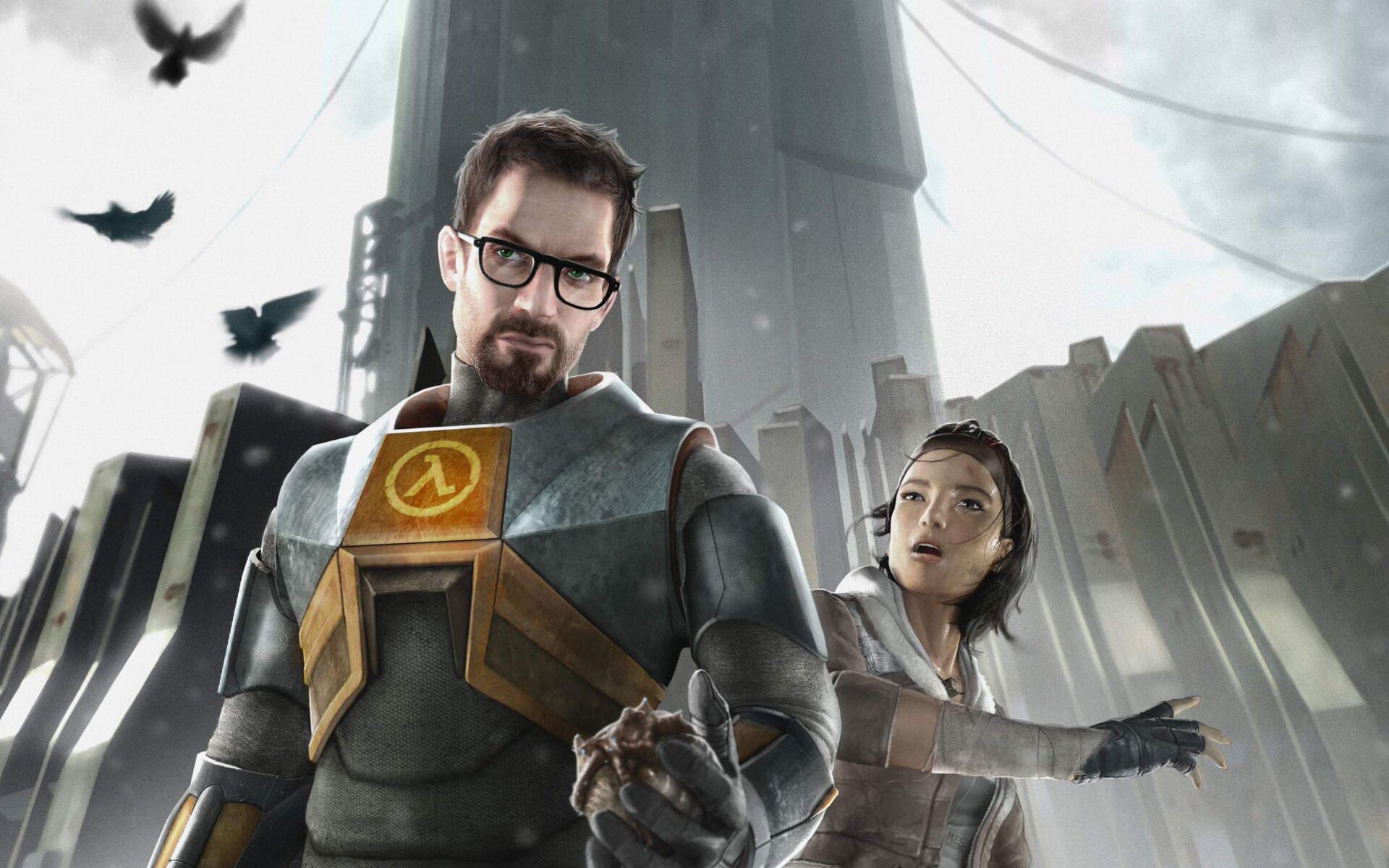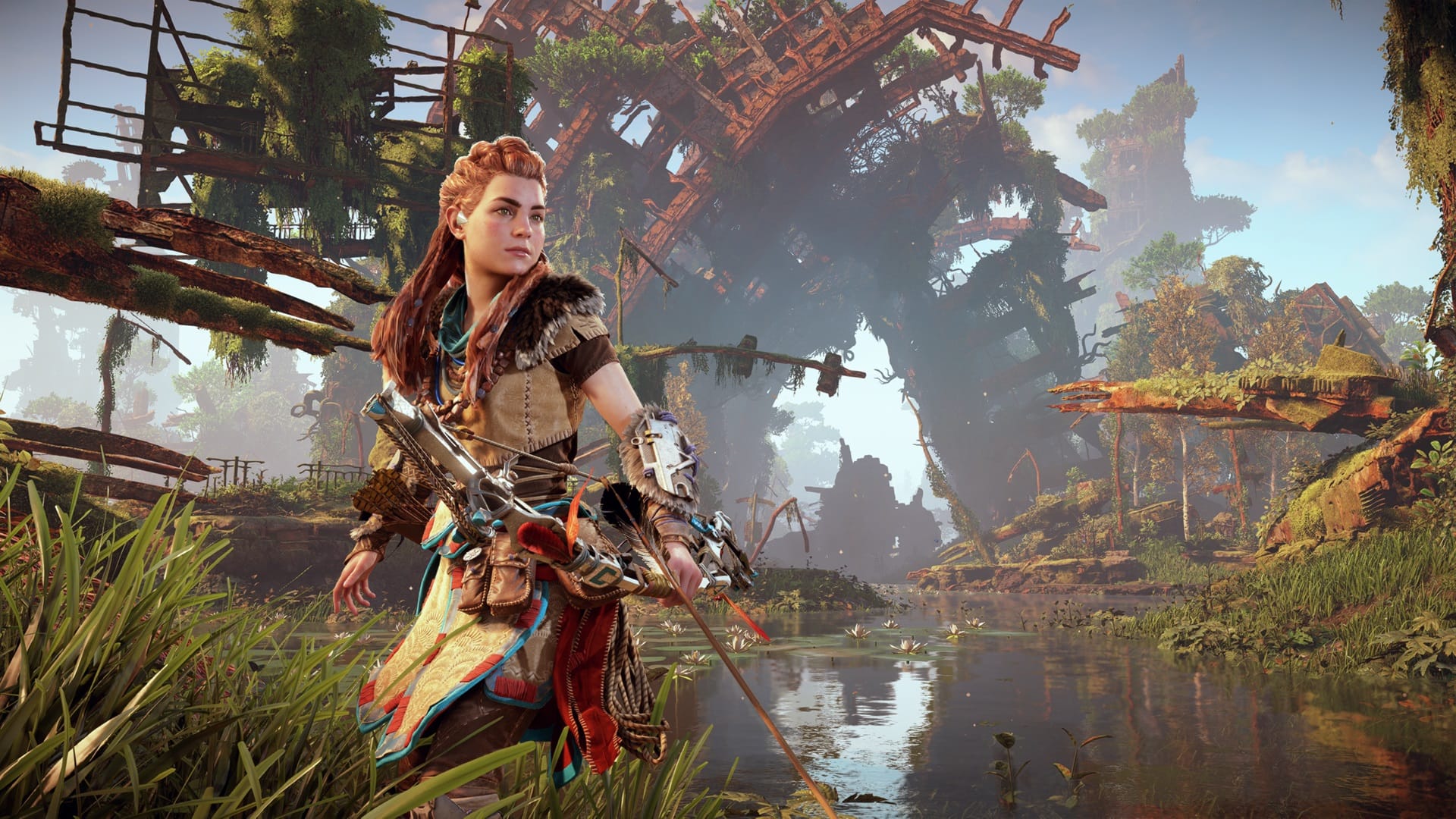It’s weird to think that Mega Man games are so rare nowadays considering how prolific Capcom was with releasing them up until the end of the early 2000s. Ever since then, games that take inspiration from Mega Man that do justice to their source are a dime a dozen, and even then, when they do get it right, they’re missing some of that juice that made the Blue Bomber’s adventures so good.
But what can we say about the Mega Man games that don’t exactly star our pal Rock, nor any of his future or side universe incarnations? For as many titles that have had him as the protagonist in some form, Capcom tried their hand at putting someone else in the spotlight, which resulted in a new series released for the GameBoy Advance called Mega Man Zero. The four games in the franchise starred a future form of Zero, the sidekick from the Mega Man X series who’s revived years after the convoluted events of those games, when an evil entity apparently under the form of X has taken control of the last bastion of human civilization on Earth.
Those games were tough as nails, probably some of the hardest ever in all of Mega Man. I remember not even making a dent on the first level of any of them back when I tried playing them on original hardware, so it’s a great thing that Capcom has gone back and done what they’ve been doing so well lately: that is, compiling a bunch of their old games into a very neat package, adding extras and some much needed options.

As the case is for the Mega Man Z/ZX Legacy Collection, they’re truly gone the extra mile by adding a new difficulty option for those that just want to experience the story for what it’s worth for these games, which surprisingly enough is considered the very best in all of Mega Man. And for those that are still up for a challenge but don’t want to throw whatever device they decide to play these games on into the nearest wall or out the window, they can make use of the save assist feature that plops a checkpoint every so often throughout stages.
This isn’t the first time that Capcom has bundled the Mega Man Zero games up. What’s now a little hard to come by, there was Nintendo DS cart that included all four of those games, but with none of the enhancements of this newer compilation, nor did it come with the later sequels that were released during that time on that platform. This latest Legacy Collection comes with Mega Man ZX and Mega Man ZX Advent, the very last Mega Man games ever released, and the ones I really had no idea existed before reviewing the collection.

I’m happy to report that I came out impressed with these two up until now DS-only games that further play around with the notion of having an open-world in Mega Man, something that the Mega Man Zero games continually tackled throughout its four-game run. Both Mega Man ZX and Mega Man ZX Advent have you playing as either a boy or a girl who somehow come into contact of biometals, cyber entities that contain the essences of Zero and Mega Man X, allowing them to borrow their powers whenever they want. The cool twist to these games is that you can transform in and out of these forms any time you want, which plays a role during the exploration moments throughout both games, where you end up getting attacked if you run into a populated area while transformed. Plus, some traversal abilities can only be performed as humans, adding an extra wrinkle to the gameplay in these usually action-only games.
As with most DS games, the ZX sub series made use of that system’s second screen by having you manage digital inventory and powers you pick up along the way, and that gameplay gimmick is preserved in this collection. To access it, you use the right analog stick to navigate the smaller screen that’s displayed alongside the main game display. This hardly ever gets in your way, so considering that a lot of DS titles were a pain to deal with because of their reliance on having to mind two separate screens, neither ZX or ZX Advent makes a particular point of forcing you to fiddle with the sub display for too long at all.
When it comes to gameplay, both of the series in this collection play very similarly. As mentioned before, Zero started to play with the idea of having interconnected areas, and as that series progressed, things got more polished in that regard. Levels are still accessed by a menu where you can freely choose whatever order you decide to tackle them, but outside of them, you can also explore your home base and the area that surrounds it, which gets bigger and more complex the further you get in the story. The same goes for all four games, but it’s where the genre-I-shall-not-name gets its hooks in deeper, as spots on the map can only be accessed by using skills and equipment that you find during missions, hence the going back and forth and exploring.

In ZX’s case, the world is even more open, and the mission structure forces you to go out into it in order to finish them, as they’re only given to you by the computer, pointing you to a coded area that you have to reach on your own. Eventually, you’re able to teleport around, but only after manually reaching these locales on your own and using the teleportation device found at every branching room that connects separate areas in these games. Exploration in both is a mix of combat and talking with NPCs, which adds a lot of flavor to getting from spot to spot during your time playing. The writing in this series in comparison to Zero’s is way better and flows quite nicely, something that I was surprised to see and was not expecting to find in a Mega Man game of all places.
Through and through, all of the games in Mega Man Z/ZX Legacy Collection play pretty much as you’d expect if you are at all familiar with the franchise as a whole. The gist of Mega Man Zero and its sequels is that a lot of your abilities come in the form of Cyber Elves, electronic creatures that you collect and nurture along the way in order to level them up and give you more powerful buffs. By equipping them, you can make use of said powers, but they’re usually spent after a single use, so it’s usually best to save them for when you really need them. Given that you control Zero, as with the version you played in the X series, you can use the beam saber and arm cannon in order to defend yourself, but the further you get into these games, you’ll also acquire equippable chips that play the role of the boss weapons from the original series and give you an edge in fights if you manage to figure out the order in which to engage them and exploit their weaknesses.
All of these games were deemed to be on the harder side of Mega Man games back when they were originally released, and it’s such a joy to get to see past the initial screen for these games now with save assist! If you’re into punishing experiences, you’re free to turn that off and go at these as they were originally designed, too. Either way, these are some of the best Capcom put out in the 2000s, truly beautiful games that can now be enjoyed by a much wider audience thanks to its availability on a number of new platforms, as well as the playability options that allow more people to play through regardless of difficulty. And while casual scenario can be a tad too easy, save assist feels just right, not pulling back any punches, but giving an extra chance (or ten) at any tough sections, a true blessing, really.

As with other collections released in the past by Capcom, the Mega Man Z/ZX Legacy Collection has a lot of extras. Z-Chaser is a special mode where you can compete with a friend and try to finish a gauntlet of platforming challenges and boss fights that jumble up fights from all games one after the other, which can be a lot of fun if you’re looking for more to play after you’re done beating all of the games in the collection. Also, aside from the usual catalog of concept art and stills, there are a bunch of cards you can unlock while playing that give you special visual options for the many games included, like different HUD elements and backgrounds that fill the screen and make up the fact that GBA games are at a different aspect ratio. Unlocking these range from simple stuff that is completed as you play to more particular actions, a lot like in-game achievements, side by side with the actual trophies and achievements for any of the platforms that support them.
Visually, you can also tweak some filters that in my experience using them make the beautiful sprite work look rather bad, so I’d suggest just keeping the original look, which still manages to look really good on big HD displays. Granted, these were portable games originally, so keep in mind that some elements are way bigger than usual to make up for the GBA and DS small screens.
All in all, Capcom has done a tremendous job bringing these games back. Aside from side series like Mega Man Legends and Battle Network, which got a tad away from the usual formula, you can find all of the mainline Mega Man games on modern systems in pretty playable states. When you take into account the number of games and the variety of systems they were originally developed for, and that’s huge. If you are like me and somehow missed playing these gems before, now’s the perfect time to do so, wherever you manage to grab this collection.




